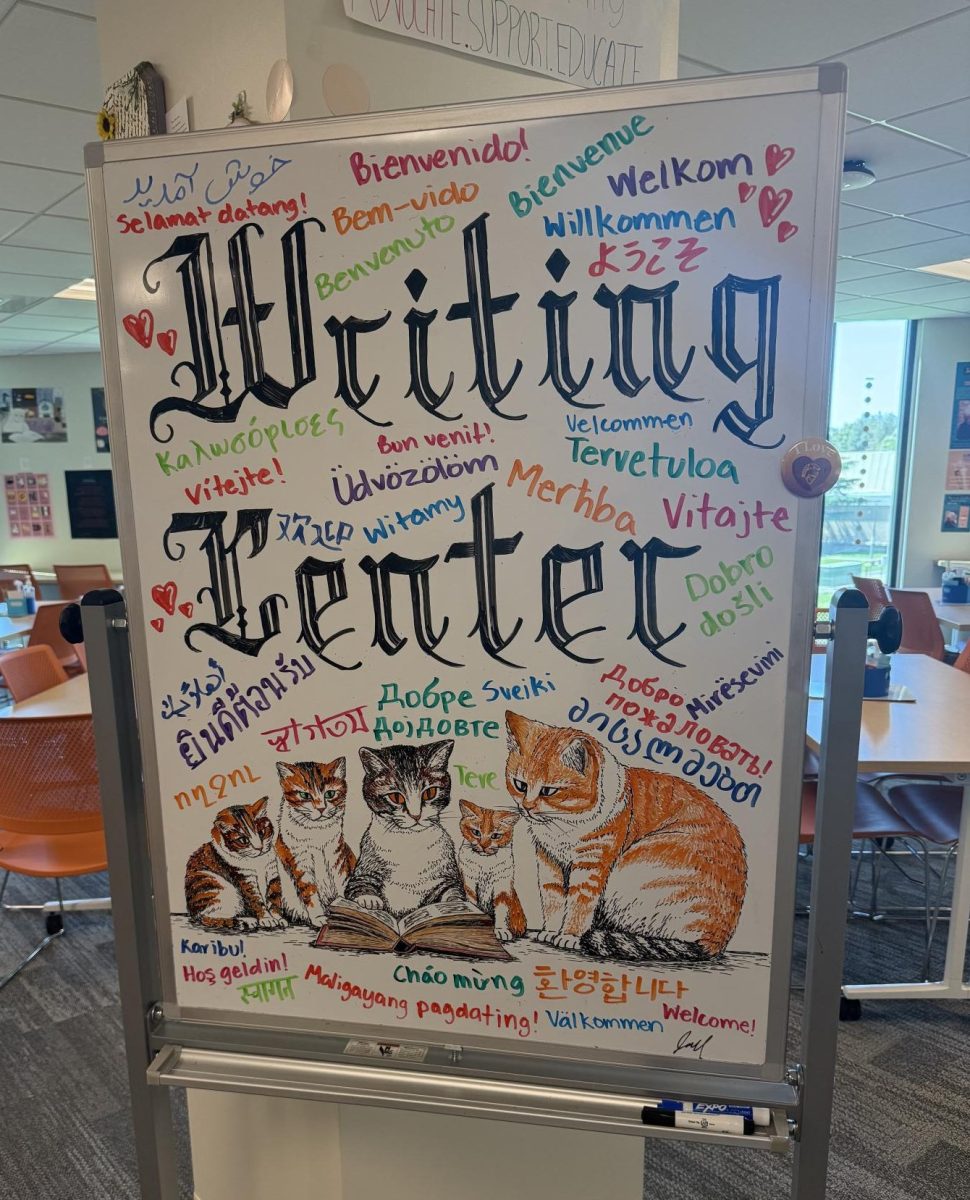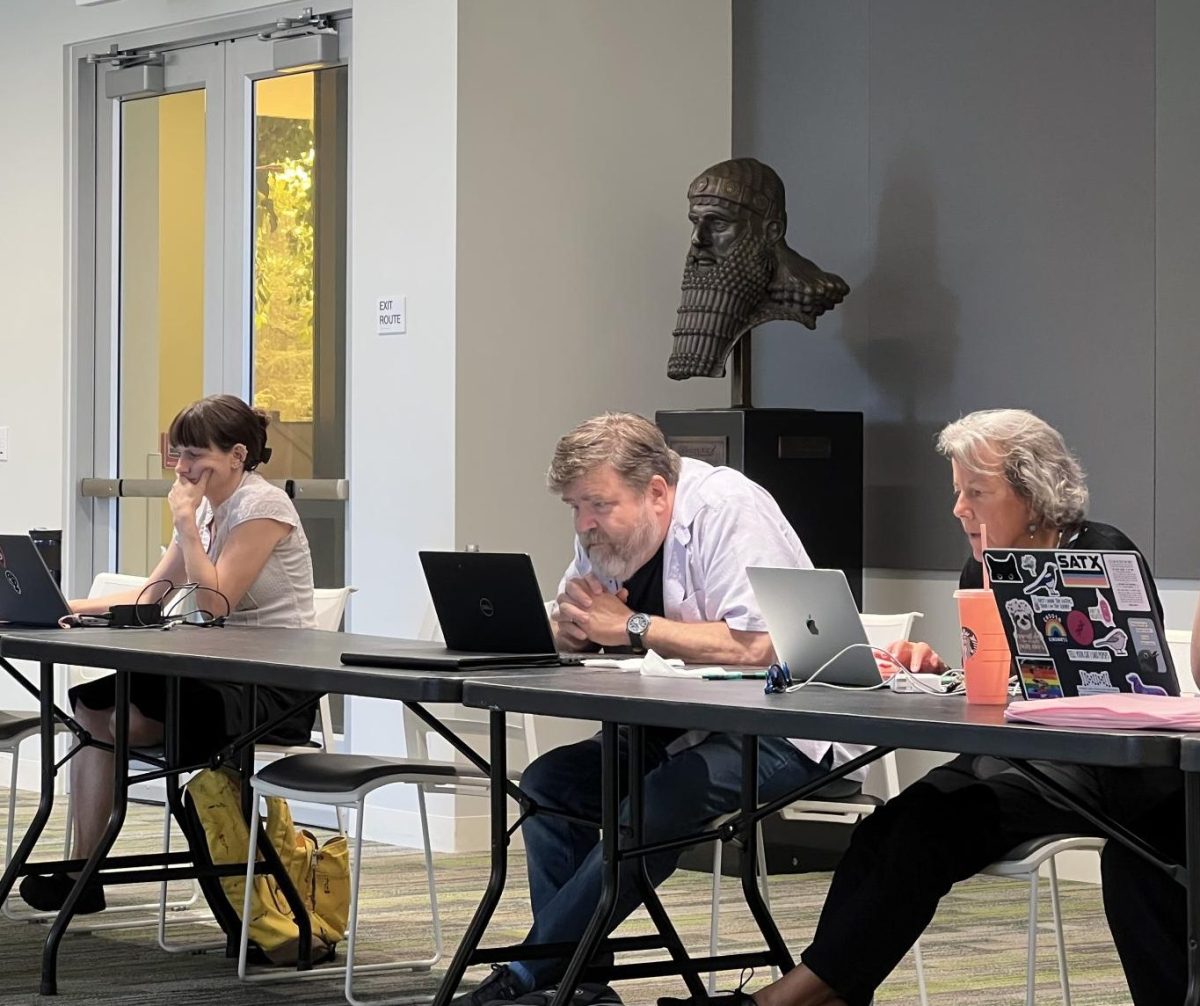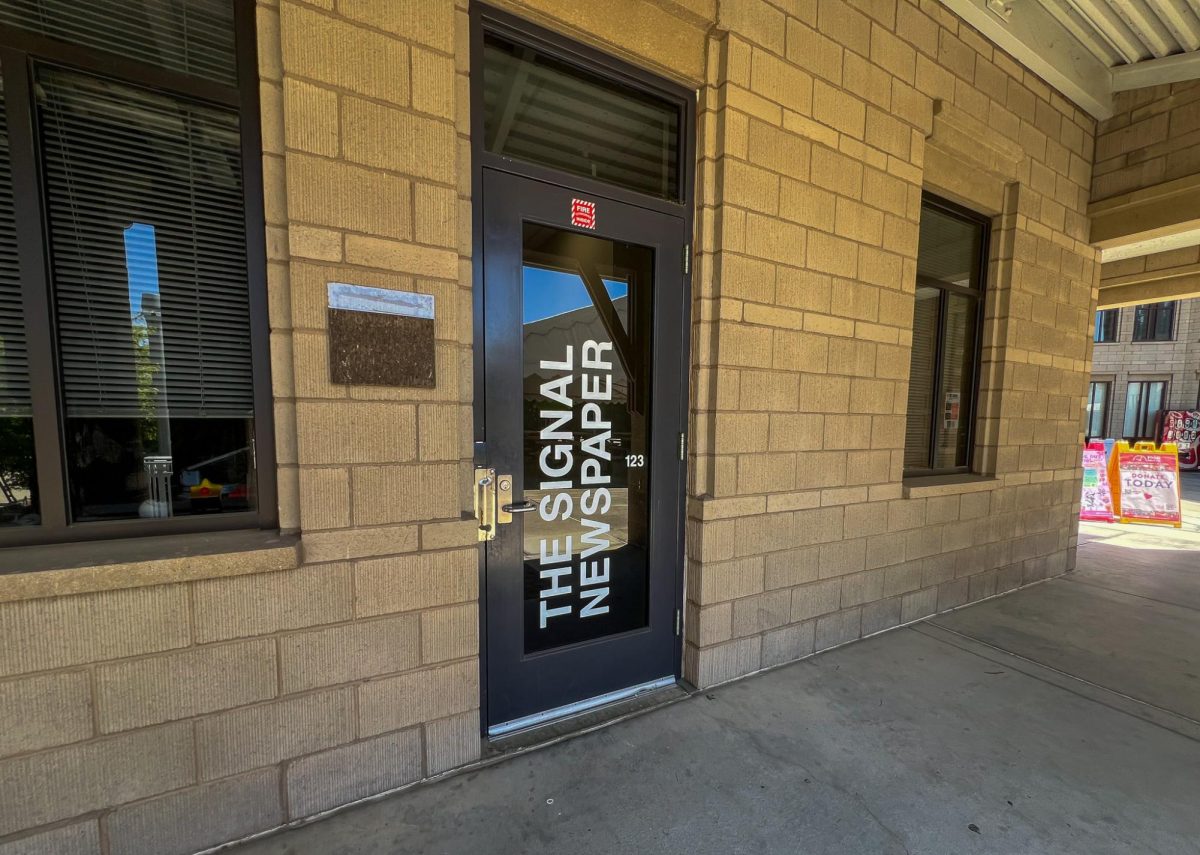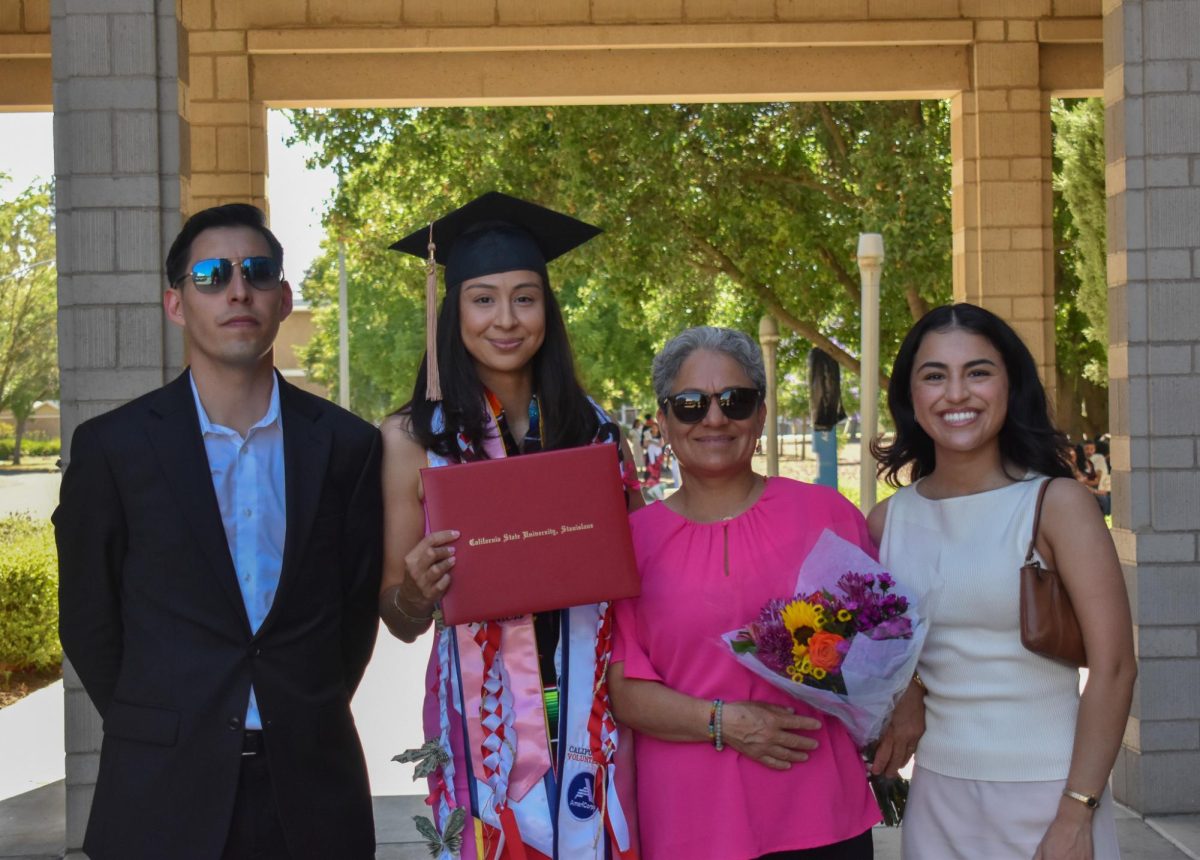The pilot program for Creative Media was discussed in this week’s Academic Senate meeting, where faculty members and ASI Vice President spoke on the advantages, concerns, and effects of the possible new program.
The pilot program for the Creative Media program was requested by the art and journalism department. The new program would be under the Creative Media BA program.
Dr. Robert Werling, chair of UPEC, begins to describe the new program.
“The pilot proposes to bring together several arts that would allow students to experience what Liberal Arts education is with a strong practical opinion.” Dr. Werling jokingly adds that some that have been involved in this were very interested and wouldn’t mind taking it themselves.
Dr. David Colnic, CFA President, mentions the rule of the campus of only allowing two pilot programs in any one period.
“In the chancellor’s office, we currently have a pilot program running in biological sciences. I believe that will run for another four years and this one [Creative Media program] will be 5 years.”
Having these two pilot programs means that they will no longer be able to create any more pilot programs for the next several years.
Lecturer from the Sociology Department, Paul Morgan, voiced that the four and five years are not completely locked down.
“Hypothetical speaking the biological science masters and the creative one can be out very soon depending on how they go.”
There was the question of, what is the difference between the pilot program and expanding your program.
Dr. Tuedio, Dean of the College of the Arts, Humanities and Social Sciences, began to describe the process of what the pilot program goes through. The pilot program is reviewed differently than an ordinary program.
“If the campus approves it [the program], then it is given a 5-year window to establish itself. Test out if it will be attractive to students and to make any fine-tuning to the program. Within those 5 years, the program needs to complete a formal academic program review and then a formal program. A proposal is always submitted to the chancellor’s office for final approval.”
A concern that was raised was if these special programs required any lab space.
Dr. Roxanne Robbin, from the art department, began to explain that all courses in the Creative Media program are insisting courses that are offered in current labs. No new resources have been requested.
“You can’t do a pilot program if you are requesting new space and money. You won’t qualify for the pilot program,” Dr. Robin explained.
ASI Vice President, Michelle Nungaray, voiced her support to this program explaining that students are transferring because of the lack of creative media that is offered at Stan State.
“I think this program is very beneficial for students, especially since social media and the media, in general, are very big in our generation. We have a lot of students that transfer to different universities to learn creative media and our university doesn’t offer that much.”
Correction: It was stated that the pilot program for the Creative Media program was requested by the art department. The art and journalism department had requested for the pilot program.
It was mentioned that Dr. Robin from the Masters in Social Work, began to explain that all courses in the Creative Media program are insisting courses that are offered in current labs. It is actually Dr. Robbin Roxanne from the art department.







